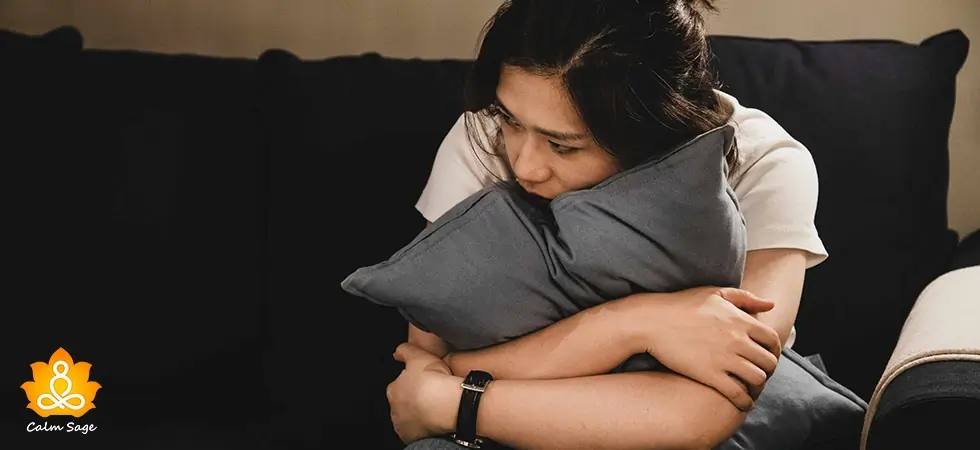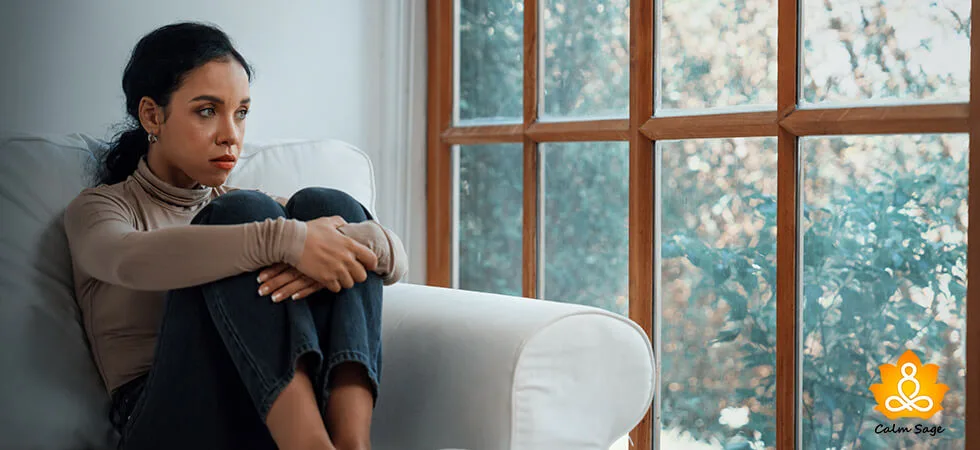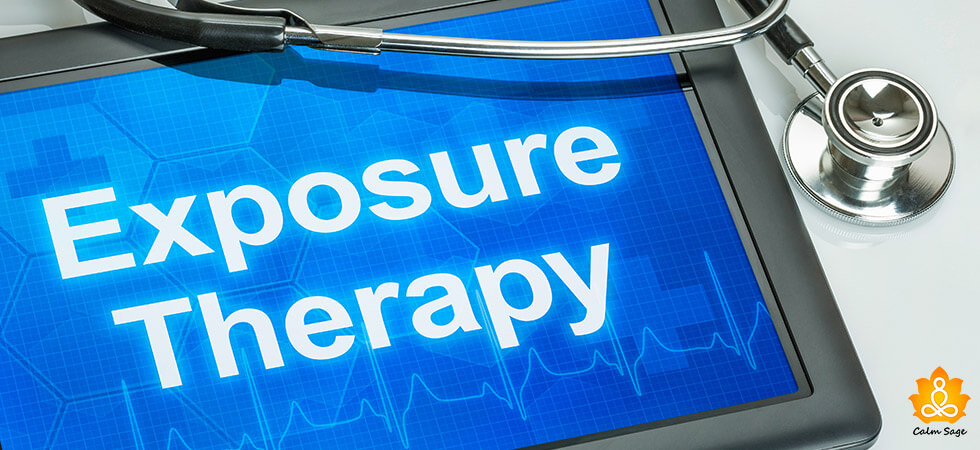Mini-Guide: Post-Traumatic Stress Disorder (PTSD) In Children
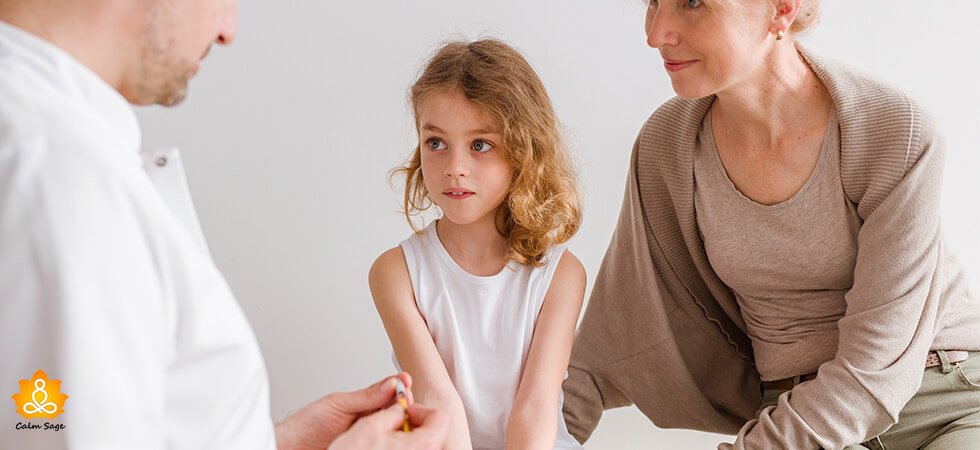
Like adults, children can also experience Post-Traumatic Stress Disorder (PTSD) after experiencing a traumatic event. Adolescents and children experience the same behavioral symptoms and emotional challenges as adults. Research shows that more than two-thirds of children experience at least one traumatic event by the age of 16 in the United States.
Additionally, the report shows that about 16% of children who have experienced trauma usually end up struggling with PTSD. As per research, the numbers are high and PTSD in children should be controlled, monitored, diagnosed, and treated properly for a better tomorrow.
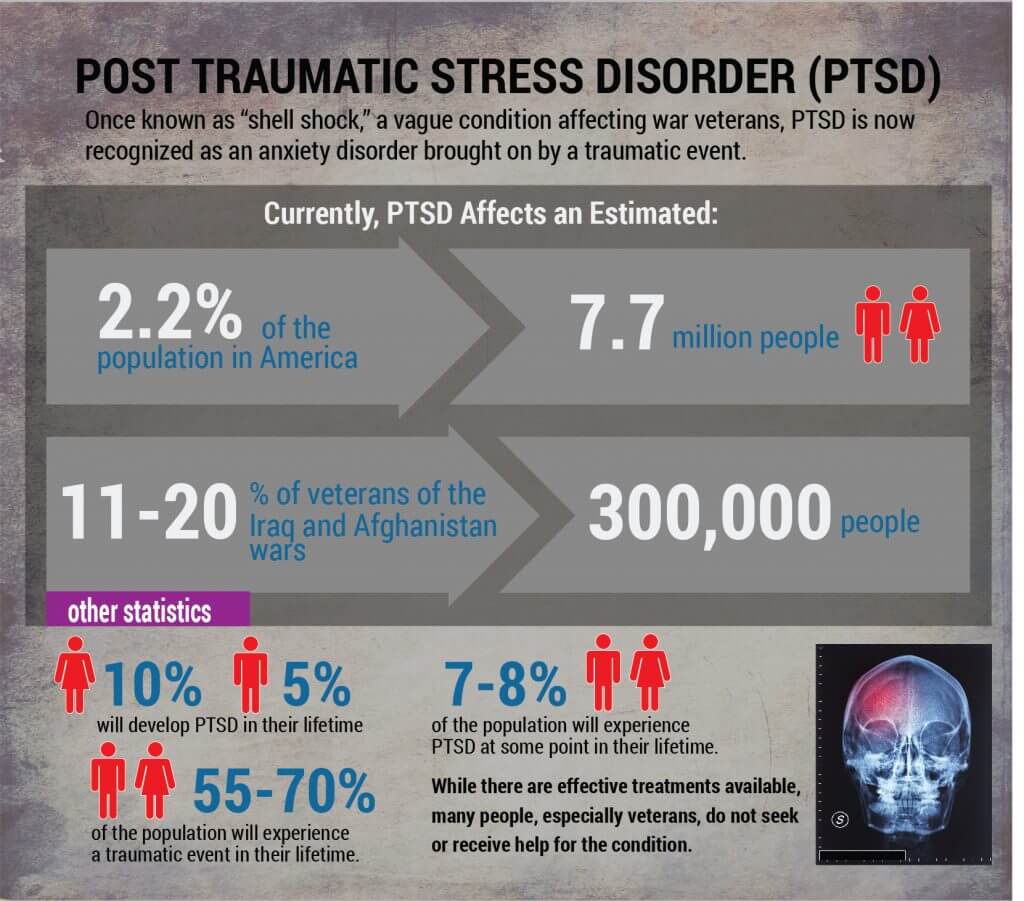
This blog covers everything you need to learn about PTSD in children along with tips shared by therapists. So, let’s get started.
[ Related Read: PTSD and Trauma: Things to stop doing ]
Below mentioned are some common examples of trauma that adolescents and children can experience:
- School violence
- Sexual abuse
- Natural disasters
- Army-family related issues
- Loss of a loved one
- Serious accident
- Neglect
- Chronic illnesses
| Fact Check: As per DSM-5, PTSD in children is the most common mental health issue observed in these recent years. Therefore, it is important to recognize and diagnose debilitating symptoms in children after experiencing trauma. |
Symptoms of PTSD in Children:
Not all children who experience trauma develops PTSD. Therefore, DSM-5 has specified some common signs and symptoms of PTSD in children for accurately diagnosing PTSD in children. Symptoms of PTSD in children are quite different from the symptoms of PTSD in adults. Parents might get confused between the two! Therefore, it is really important to meet the clinical criteria specified by DSM-5.
If you as a parent or a caregiver observe any of the following changes in behavior or symptoms, it is worth checking with a certified therapist.
For better understanding and clarity regarding the signs and symptoms of PTSD in children, I have divided the signs and symptoms of PTSD into four sub-sections.
1. Preschool
- Extensive screaming or crying
- Loss of appetite
- Weight loss
- Experiencing nightmares or night terrors
- Fear of being separated or being alone
2. School Age
- Reduced concentration at school
- Difficulty in sleeping
- Nightmares
- Feeling of shame or guilt
- Fearful or anxious behavior
3. Teens
- Self-harm
- Eating disorder
- Depressive feelings
- Spends time alone
- Abusing drugs or alcohol
- Risky sexual behavior
- Impulsive
- Isolating behavior
[ Related Read: Signs and Symptoms of Adult PTSD ]
4. College Students
- Unable to focus on career
- Missing or bunking classes
- Low grades
- Dissociative tendency
- Bad at maintaining relationships
- Insomnia
- Nightmares
- Hyper aware of surroundings and location
- Negative thinking
- Avoiding people
- Rumination
[ Related read: How to stop PTSD nightmares ]
Therapists Tips for Managing PTSD in Children
Protecting our children from PTSD or any other trauma is completely not in our hands. However, some certain things can help parents or caregivers from helping their children finding the right support and treatment to beat the trauma and get back on the right track.
Related Read: Effective Coping Strategies for PTSD
Below mentioned are some tips shared by therapists for managing PTSD in children.
1. Getting the proper education
Proper education along with learning facts related to PTSD in children should not be skipped. It will help you to learn about various stages. Learning about the feelings of shame and guilt helps to open up with your kid. It enhances the safety of the child and sets them free from criticism and judgment. The more you open about their feelings and their experiences, the more you learn about their trauma, which helps them in getting to the road of recovery.
Related read: Myths and Facts Associated With PTSD
2. Finding appropriate resources
You can help your child by finding the right resources. You can help your children with online support groups for PTSD. Please understand that your child may not be able to recognize their needs, therefore, you can guide them in the right way. You can also seek help through an online therapy system.
3. Medication
Medications are considered to be part of the treatment. You can always ask the therapists about medicines. Make sure the medications are closely monitored and taken as per the prescriptions.
4. Therapy
Therapy is the first option for the treatment of PTSD in children. You can encourage your child to participate in counseling services. Also, you might feel uncomfortable with the process. To overcome this phase, you can always talk to your therapist and share your concerns. If your child is not feeling comfortable, you can also join the sessions.
Disclaimer: As BetterHelp Affiliate, We may receive compensation from BetterHelp or other sources if you purchase products or services through the links provided on this page.
Read more about PTSD:
- 5 PTSD Treatment Techniques for your wellbeing
- Myths and Facts Associated With PTSD
- Effective Coping Strategies for PTSD
- How to stop PTSD nightmares
I hope this blog helps you to understand PTSD in children. For more such content, connect with us on social media platforms.
Thanks for reading.






